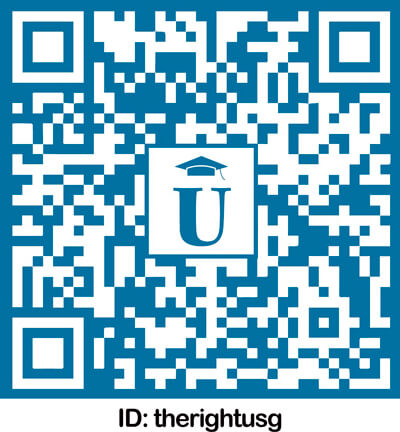fees waived
Acoustical Engineering, BEng (Hons)
University of Southampton, United Kingdom
Subject ranking
UK / QS 2026 14th
UK / THE 2025 14th
UK / CUG 2026 17th
Costs
food & rentS$17.2K / year
Entry requirements
Scholarships
21 - 50 available
10 available
Unlimited quantity
Unlimited quantity
Limited quantity
Information
Code
Intakes
Website (External)
Programmes
Information
Duration
2028
Acoustical engineering applies the science of sound and vibration to technologies such as vehicle design, 3D-audio systems, concert halls, noise reduction, and medical innovations like ultrasound for antimicrobial resistance. Students develop expertise in sound, vibration, and their human impacts, alongside core engineering fundamentals through theoretical studies, practical design modules, and projects. In the first two years, coursework covers acoustics, audio signal processing, mechanical engineering principles, electronics, and mathematics, with access to advanced facilities including anechoic chambers, wind tunnels, and virtual labs.The third year includes advanced modules, an individual project, and options in human responses to sound, noise control, and engineering design. Assessment combines written exams, coursework, laboratory reports, essays, and presentations. The program is accredited by the Institution of Mechanical Engineers and meets the Institute of Acoustics' educational standards, providing a pathway to chartered status.
Typical modules include: Year one: Acoustics; Engineering Design; Electrical and Electronic Systems; Mathematics; Mechanics, Structures and Materials; Thermofluids Year two: Acoustics; Audio and Signal Processing; Electronics, Drives and Control; Engineering Management and Law; Fluid Mechanics; Mathematics; Mechanics, Machines and Vibration; Systems Design and Computing Year three: Individual Project; Acoustical Engineering Design; Human Response to Sound and Vibration; Noise Control Engineering; plus additional module options.
A local representative of University of Southampton in Singapore is available online to assist you with enquiries about this course.

